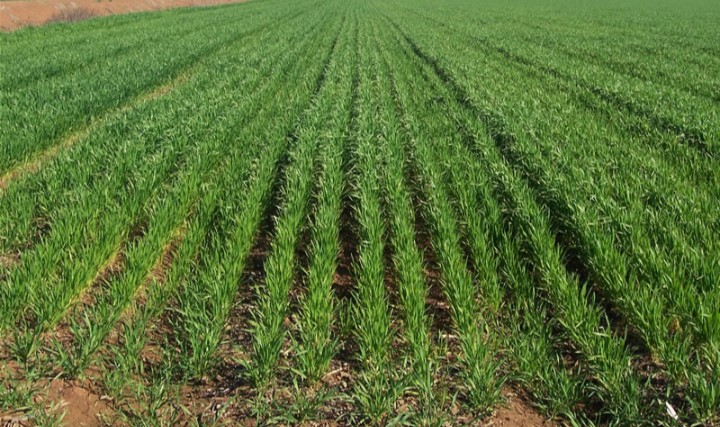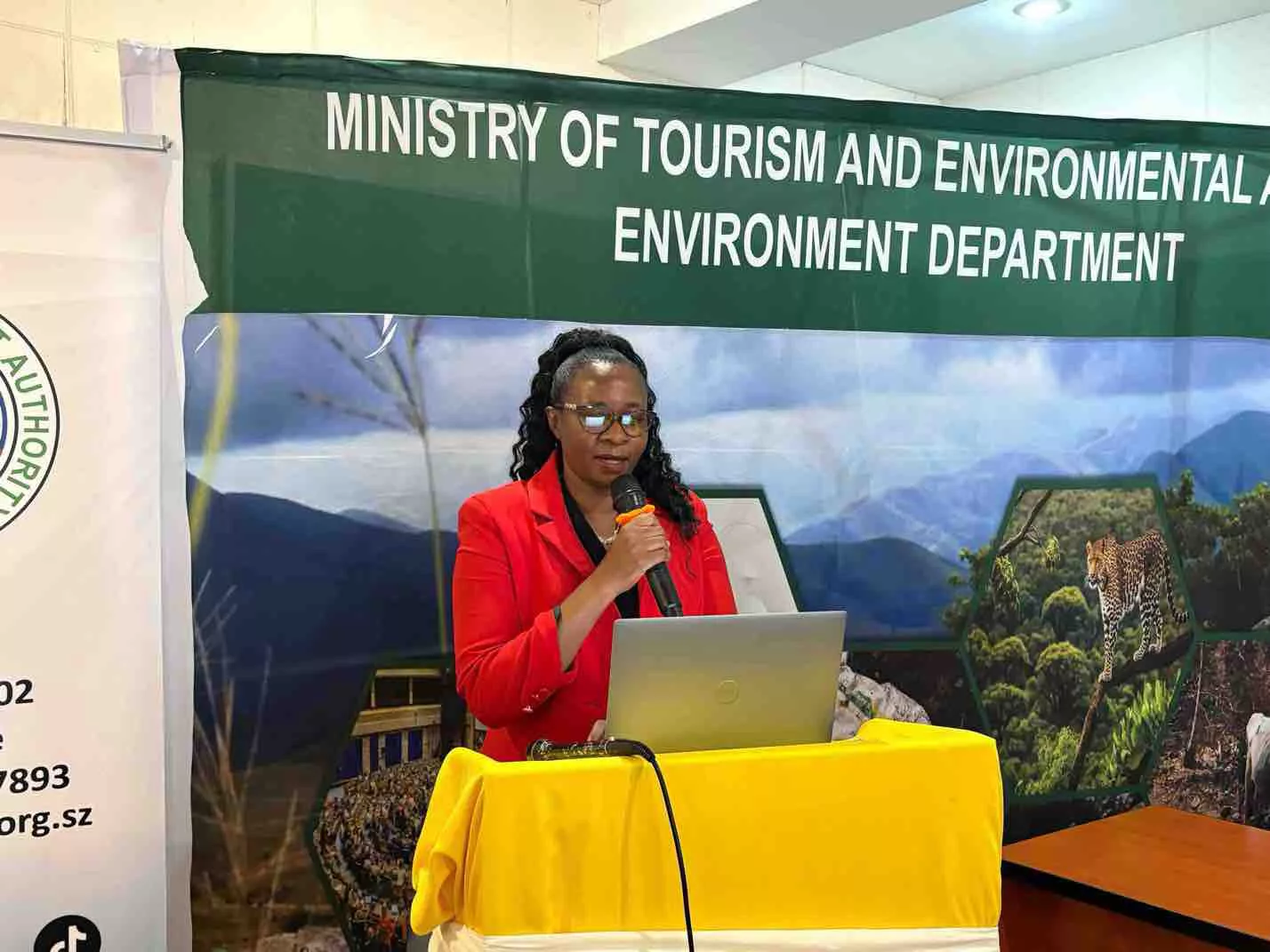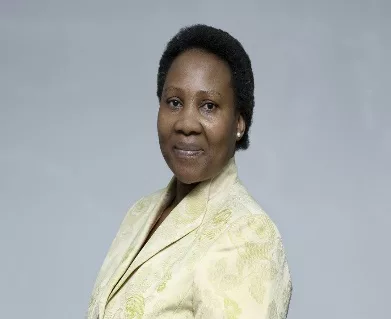By Joyce Mukucha
Living in rural Africa presents several unique challenges that increase the likelihood of food insecurity leading to global poverty being overwhelmingly rural particularly in Sub-Saharan Africa with Zimbabwe remaining in the grip of severe food insecurity.
The study by the International Journal of Environmental Research and Public Health titled: “Drought Influences on Food Insecurities in Africa” has it that African countries continue to be prone to drought caused by mainly unfavourable climate to agricultural production.
This also can be supported by the World Food Programme (WFP) 2018 study, which indicates that food insecurity and hunger are caused by many factors, often being intertwined with another in general, the principal causes of hunger that include poverty, conflict, climate, and unstable markets.
The consequences of food insecurity in rural communities are disturbing as most vulnerable families worry about ‘what’s for dinner, what’s for tomorrow, and what’s for the next coming days.’
In an effort aimed at eradicating hunger and poverty in their communities, Zimbabwean rural-based- farmers in different provinces dotted around the country are making huge strides spearheading sustainable agriculture and food security through local and community-driven cooperatives.
Mirriam Butika, a leader and founder of Rural Women Farmers Group in Madamombe (Chivhu) which focuses on growing and selling small grains stressed that strategies to deal with rural development were imperative and explained that she has seen it crucial to take into consideration the remoteness and potentials in rural areas and provide targeted differentiated approaches that enhance rural livelihoods.
“As rural female farmers who are determined to bring change, development and fight poverty and hunger, we have seen it imperative to unite especially during these grave times of COVID-19 pandemic in Zimbabwe and start a cooperative that provide urgent food assistance safely to prevent ourselves for we are an already vulnerable population, from slipping deeper into this hunger crisis,” she said.
Another Mwenezi based farmer, Tirivanhu Muchadei said in her community they were acting decisively and collectively to ensure zero tolerance to hunger and to continue providing essential nutrition and health especially for children in different households of the community who suffer malnutrition due to hunger.
This resonates well with UNICEF Representative, Laylee Moshiri’s remarks in the Global Food Crisis Report Forecast (GFCR)as she said, “Food crises have a major impact on the quality, frequency and diversity of children’s diets and this is compounded by the inability for families across the country to provide adequate childcare during these increasingly challenging times.”
The GFCRF estimates that 75 million children worldwide are stunted and 17 million are wasted with more than half of the children experiencing malnutrition are living in countries affected by the food crisis.
Zimbabwe was also named by the GFCRF new report, as one of 10 countries where fewer than 20% of children between 6-23 months received a minimally adequate diet further compromising their lifelong quality of life.
In addition, Zimbabwe’s Multi-Indicator Cluster Survey (MICS) 2019, revealed about 1 in 4 children, under 5 were stunted and at risk of impaired physical and cognitive growth.
Thus, rural farmers were making a concerted effort and try to fight these challenges by growing sufficient crops to feed their families.
A Mwenezi farmer who is part of a community cooperative said, “As rural farmers, we have seen it critical and appropriate to coordinate rural development initiatives amongst ourselves contributing to sustainable livelihoods through efforts at the local levels. We are trying to transform our way of living as women as we strive to end poverty and hunger.”
This links well with Agenda 2030 Sustainable Development Goal 2 which is aimed at ending hunger, achieve food security and improved nutrition, and promote sustainable agriculture.
In their projects, smallholders are growing sufficient crops to feed their families, with a surplus to sell, thus meeting food security needs and bringing in an income to move them out of poverty with others running livestock projects such as Boer goat rearing.
Beyond meeting basic needs, these farmers have become capable to investments and developing strong links to potential markets to raise productivity and income.
In an interview with a Sanyati based dedicated and passionate farmer who is into boer goat rearing project, Benard Chamba told this publication that there is great value to be gained, by coordinating rural development initiatives that contribute to sustainable livelihoods.
“Being hardly hit by poverty every year inspired me to start this project with the aim of seeing my family happy and satisfied. I started small with three goats but now I have over 100 Boer goats which I sell directly to consumers. I’m glad that I have brought change to myself, my family, and my community at large. Whilst I’m doing it for my own good I’m also doing it for other members of the community who are now acquiring knowledge from me so we are together in this building resilient livelihoods,” he said.
Chamba added that there was a need for government and other relevant organisations to support the development of integration into the market of smallholder family agriculture and sharing of experiences and best practices.
Another farmer in Mhondoro, Soneni Gwara who is into bean and potato production alluded that she ventured into the project as a way of overcoming the current economic crisis including hyperinflation, which results in fuel food shortages and poverty in rural setups.
She said for sustainable agriculture and Agenda 2030 SDGs to be attainable, there was an urgent need to increase access of rural populations, particularly women, youth, indigenous people, and other vulnerable groups, especially in disadvantaged areas, to markets as well as affordable financial and business advisory services, such as market literacy, microcredit, loan guarantees, and venture capital.
“We plead to donors, well-wishers as well as our government to expand access to markets by assisting rural producers, associations and firms, especially us women who have limited access to agricultural inputs and this will help us to respond to market demand and build sustainable lives for our families and communities especially in these difficult times caused by Covid-19 pandemic,” said Gwara.
This connects well with the Food and Agriculture Organisation Representative Jocelyn Brown Hall’s statement as she at one point alluded that in the wake of Covid-19, deliberate measures were needed to prevent and mitigate against challenges faced by farmers in as much as accessing markets is concerned.
She said measures to curb the further spread of COVID-19 have the potential to impact negatively on the food system in Zimbabwe, such as through restricted access to markets by both farmers and consumers and a glut of perishable nutritious foods like fruits and vegetables.
On the other hand, the WFP Executive Director, David Beasley, who interacted with communities throughout Zimbabwe during an August 2019 visit, told the UN Security Council that the world was on the verge of a hunger pandemic caused by the Coronavirus.
“If we don’t act now, we could be facing multiple famines of biblical proportions within a few short months,” Beasley said.
The joint report, released by the European Union, FAO, OCHA, UNICEF, USAID, and WFP anticipated a worsening food insecurity situation in 2020 with an estimated 4.3 million rural Zimbabweans, including children, were in need of urgent action.
Globally the report states that in 2019, 135 million people across 55 countries and territories experienced acute food insecurity. These same countries’ food systems are highly vulnerable to the effects of the COVID-19 pandemic which will result in compromised health due to hunger which can increase the risks of exposure to the virus.
The new GFCRF highlights that Zimbabwe remains in the grip of severe food insecurity, with millions of people already requiring humanitarian assistance due to prolonged drought, climate-related shocks, economic deterioration and the situation set to worsen as the COVID-19 pandemic spreads.
“This is mainly due to the current economic crisis including hyperinflation, shortage of currency, fuel and prolonged power shortages; widespread poverty; high levels of HIV/AIDS; and low agricultural output as drivers of the crisis,” GFCRF pointed out.
Last year, the WFP Country Director and Representative Eddie Rowe said millions of Zimbabweans were struggling to put food on the table, having faced prolonged drought and economic hardship for some time.
Food insecurities is not only impacting on rural African communities but also affecting the other remote parts of the world.
For American rural communities, a 2018 study by the Food Research & Action Center shows that 16.5% of rural households dealt with food insecurity compared to 13.5% of metropolitan households.






